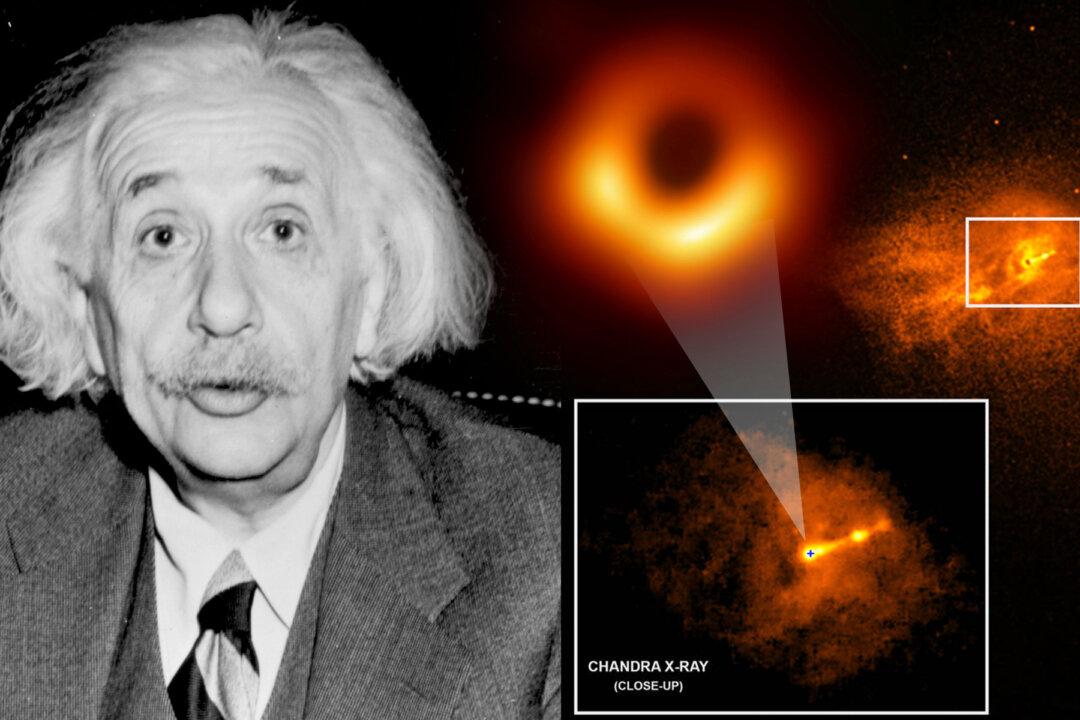France Córdova, National Science Foundation director, said in a statement: “Black holes have sparked imaginations for decades. They have exotic properties and are mysterious to us.”
In fact, the mysterious black holes, dubbed as “monsters” by scientists, are not empty space, according to NASA. They are instead, as presented in Albert Einstein’s theory of general relativity, made up of “a great amount of matter packed into a very small area,” mostly formed from “the remnants of a large star that dies in a supernova explosion.”





